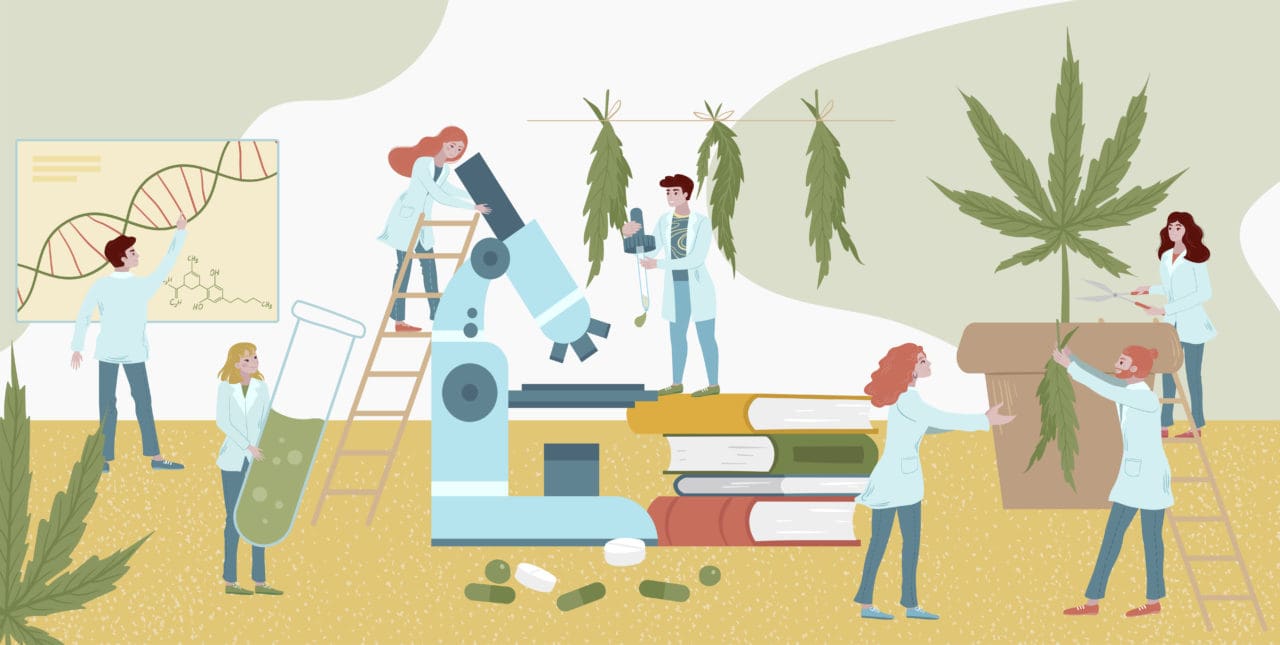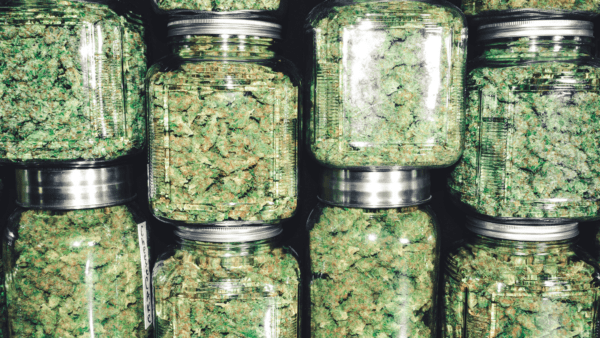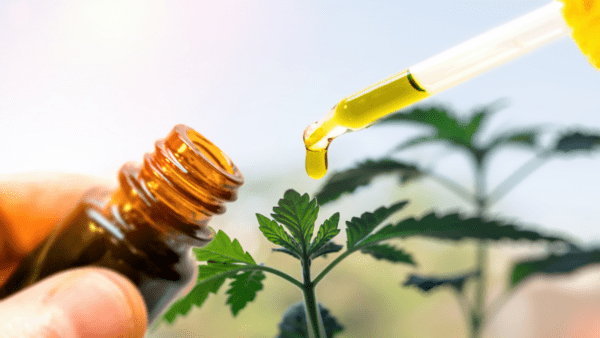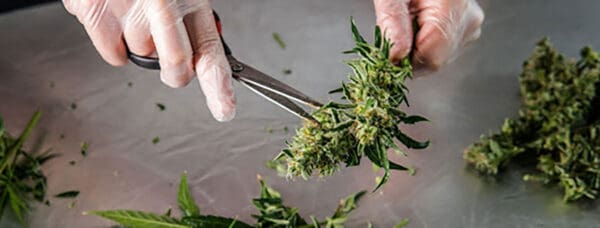In the community of cannabis policy reformers and advocates, a common adage is, “all cannabis use is medicinal.” Every human being is equipped with an internal endocannabinoid system tasked with maintaining overall balance in the body, from temperature to blood sugar, pain, and sleep. From this approach, some claim there is no real difference between medical or recreational cannabis (aside from the tax cuts involved).
That said, cannabis can still be misused, disrupt daily life and relationships, and prove problematic if harm reduction is dismissed. But, this article will not focus on cannabis dependencies. Instead, we will try to get to the heart of whether or not the distinction between recreational and medical cannabis really matters.
A Brief History of Medical Cannabis Policy
Bearing in mind that the use of cannabis dates back thousands of years in the herbal pharmacopeia, and its use spans cultures throughout the world, we will skip the part where Harry J. Anslinger launched an all-out racist offensive against marijuana last century. But we will note that the American Medical Association testified against the 1937 Marijuana Tax Act because it put unnecessary taxes on the doctors who prescribed cannabis to their patients (which they frequently did because of its usefulness). (See Why Psychedelics Were Made Illegal)
We’ll jump forward thirty years to the stirrings of the Civil Rights Era and the Controlled Substances Act, passed so that President Nixon could wage a Drug War against his most prominent opposition: young people seeking social progress. We’ll stop here to note that the National Organization for the Reform of Marijuana Law (NORML) was formed to address the scheduling of cannabis in 1970.
And, finally, we’ll skip to the part where Compassionate Care and activist Dennis Peron was petitioning the city of San Francisco to allow AIDS patients access to the safest and most supportive analgesic they could find: cannabis. Peron has been very active in San Francisco for years, passing Prop W in 1978 that made marijuana offenses the lowest enforcement priority.
During the 1980s, President Reagen (and Nancy) doubled down on the Drug War at a time when AIDS patients were being ignored by the medical establishment. Stigma for AIDS patients was so great in the early days that nurses wouldn’t even touch or treat patients for fear of transmission. But just as they do today at the margins of society, faithful community members worked to alleviate suffering.
Aside from Dennis Peron, the beloved Mary Jane Rathbun, aka “Brownie Mary,” would bake 600 cannabis-infused brownies daily to share with cancer and AIDS patients who reported marked relief. Many patients began to self-treat with cannabis in those years, finding it was the only medicine that made it possible to eat and survive. Knowing his audience and reading the room, Peron led efforts to pass Prop P in 1991, which allowed him to open the first dispensary and community health hub called the Cannabis Buyers Club.
Over the next several years, dozens of activists, doctors, organizers, and a handful of financial backers, managed to get Prop 215 on the ballot in 1996, where California voters declared that medical marijuana was legal if recommended by a physician. Many appeals, court cases, and Federal raids later, California eventually established a regulated and robust industry with full legalization in 2018. By this time, people reported benefits and were testifying in an effort to reschedule cannabis.
And yet. The plant medicine is still determined to have no known medical benefit, according to the DEA. A strange point, considering that synthetic cannabis medicines (Marinol and Epidiolex) can be prescribed by doctors and covered by insurance.
Medical Cannabis Research in Israel
While the United States focused on culture wars and incarceration, other nations permitted cannabis research that helped to illuminate self-reported and observational studies.
Dr. Raphael Mechoulum, an Israeli organic chemist and the celebrated “father of medical cannabis,” isolated the most well-known psychoactive alkaloid from cannabis in the mid-1960s and has been conducting cannabis research ever since. Unfortunately, this fascinating field of study is halted in the United States, where cannabis is still under Schedule 1 status.
Dr. Mechoulum and Endocannabinoids
Perhaps his most groundbreaking discovery thus far is the endocannabinoid (en-do-kuh-nab-eh-noid) system and his observations of the entourage effect of THC and the estimated 100 other cannabinoids that are present in the cannabis plant.
Like the circulatory system or the nervous system, the endocannabinoid system is a body-wide network that impacts several organ systems. This class of molecules is naturally created by our bodies and serves as vital chemical messengers. Our exposure to cannabinoid-type compounds begins in infancy, as these molecules are present in breast milk and play a critical, developmental role in the human body.
When the body creates cannabinoids, we call them endocannabinoids. When a plant produces them, we call them phytocannabinoids. When cannabis makes them, they are just called cannabinoids. Because they are an essential part of human health, we tend to seek supplemental cannabinoids in our diets. Cacao, black pepper, and even brassica vegetables like broccoli contain phytocannabinoids.
These compounds have similar and unique effects that medical researchers are only beginning to discover. Specific formulations and ratios of particular cannabinoids may someday be used to address specific disease processes. Perhaps some combinations will work on one type of tumor, while another combination is more targeted at specific types of dopamine receptors. Or perhaps, as some hope, there’s a “perfect” strain for every endocannabinoid system.
While the research figures itself out, people who use cannabis recreationally can help add some insight to this point as well.
What Does Recreational Use Mean?
Because of the nature of cannabis and the endocannabinoid system, many argue that all use of cannabis is medicinal because cannabis always acts as preventative medicine. However, because everyone has diverse physiology, what works well for some may not work for others.
One of the most significant downsides of the over-regulation of medical and recreational cannabis is that patients are frequently separated from actual medicine hidden behind display cases.
In “the early days” of unregulated cannabis industry operations in California, medical patients could often look at and investigate every single cannabis strain. Choosing a strain could come down to potency or quality, but for medical patients who use cannabis to treat chronic conditions, the “sniff test” was the gold standard, with budtenders often claiming “the nose knows!” If the flowers smelt good to you, odds were they were. If not, keep smelling until one smells appealing.
And if none of them do, then maybe your endocannabinoid system is in balance — in which case, perhaps you still choose to use cannabis anyway because you appreciate the spiritual elements, ritual, and sense of connection it brings with the Earth and the world around you.
While admittedly a bit unstructured as far as “medicine” goes, the idea that we as individuals have the ability to intuit what is best for our bodies is the heart of cannabis medicine.
Some say that cannabis is a mild psychedelic. Depending on the dose, setting, and method of administration (whether edibles, smoke, or tincture, for example), cannabis can absolutely elicit a mystical-type experience and connect people with their subconscious — or overwhelm to the point of a non-recreational and non-medicinal experience.
But, is “spiritual” classified as “recreational”? Is “recreational” implying that medical cannabis cannot be fun, or euphoric, or that cancer patients might not also enjoy feeling a little elevated as much as they enjoy feeling a reduction in nausea?
Ditch The Distinction Between Recreational and Medical Cannabis
The field of medical cannabis as we know it began as an act of resistance and compassion. If all goes well, those early values will remain as clinical science begins to unpack millennia of anecdotal evidence of the therapeutic benefits of cannabis. In modern times, where we can finally begin imagining what a post-prohibition world can look like, may we can finally let go of the distinctions we made in an effort to progress policy.
“Medical” cannabis may imply research funding, clinical trials, cannabinoid-specific studies, and experiments with other long-standing and approved treatments. Perhaps cannabis medicine can augment care, or work in tandem without other. This research will undoubtedly save lives and change the healthcare paradigm.
And yet, research at the “medical” level takes money and resources, and may wrongly ignore the massive network of existing cannabis patients ready and willing to volunteer for study. If we can get past these arbitrary distinctions that originated over the long history of cannabis law, some advocates suggest we may find a collaboration between “recreational” and “medical,” leading to a more robust and encompassing field of cannabis research — and recreation.









